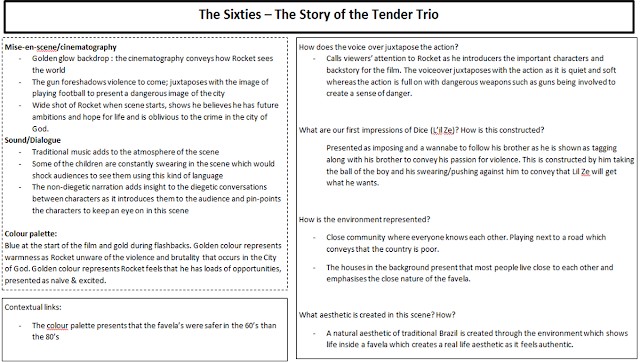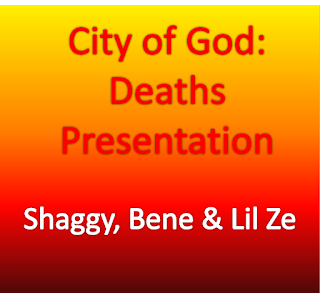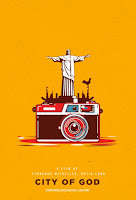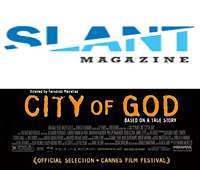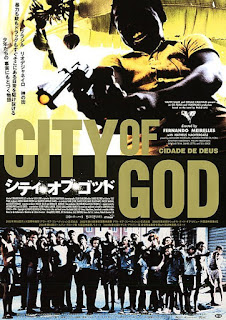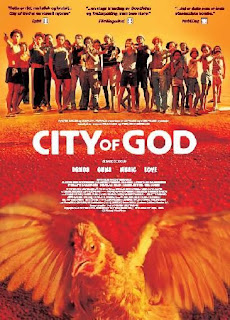Auteur Theory
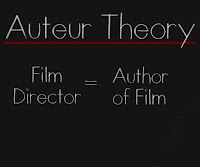
Auteur Theory Auteur Theory - The theory that the director is viewed as the major creative force in a motion picture. The director who oversees all audio & visual elements of the film, is more to be considered the 'author' of the movie compared to the writer of the screenplay. Visual elements>plot line. - Supporters of this theory convey that the most cinematically successful films will contain the personal stamp of the director. - This theory is a reflection of the director's artistic vision so a movie directed by the filmmaker will have recognisable & recurring themes & shows a consistent artistic identity throughout the director's filmography. - Example of Auteur Directors are Alfred Hitchcock and Quentin Tarantino. Origins of Auteur Theory: - Origins: France in the late 1940's. Auteur = French for author. - Auteur Theory was a foundation stone of the Nouvelle Vague (the French cinematic movement) - Two of the theoreticians (
